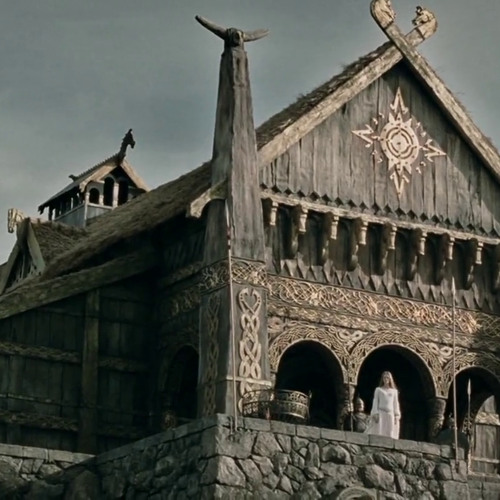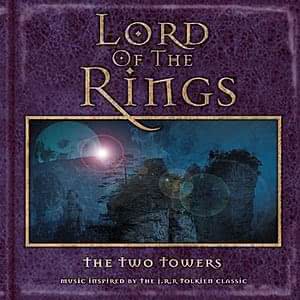


The lyrical melody merely adds to the effect, which is essentially formed by the rich orchestration and execution of the harmony. This tune is the consequence of merging all of the above investigated Shire theme variations, enclosed in a rich harmonic language, which mostly speaks for itself (Adams, 2011). The use of this particular variation only arises in the beginning and does not return until the very end of The Return of the King (when the hobbits return home). This also accompanies the Hobbits as they depart their journeys.

Instrumentation is kept considerably light and charming with an addition of folk-like instruments including the whistle (used in “Pensive” setting as well) and the bodhran an Irish frame drum which used to be called a “poor man’s tambourine as it was made from farm implements and without cymbals” (Vallely, 2011). This variation is deemed to represent the Hobbits in their wholesome characters. Their mission has matured into a troublesome chore, and so in this context, the melody mirrors their worn out, dull reflections of what the melody at first stood for. Nevertheless, in the second movie, this homesickness is converted into motivation for what is at stake, revealing more pain than just simple homesickness. In the first movie, this theme is performed after the Hobbits leave their home to attach a sense of homesickness and loneliness. The importance of this quote is Shores awareness of the impact of instrumentation on the expressive value of a theme. “If I don’t use the Whistle, the clarinet is an elegant substitute for it.” Quoted in Adams (2011). Especially striking is how this is realized by a solo whistle, almost like a faraway thought. This variation is utilized for recollective times that the Hobbits have. Nevertheless, this is to the benefit of the tune as it means it is plastic in its construction, and Shore was thereby capable to form several variations out of this material (discussed below). In terms of harmony, the chords are kept moderately simple, using chords I-iii-IV-I, IV-V-I-V.

Melody-wise, this theme holds a diatonic, stepwise moving melody. According to Fleurant, “Pentatonic scales can either be semitonic with semitones or anhemitonic, without semitones… with Anhemitonic scales (as this theme does) having the same set of pitches.” Most Anhemitonic Pentatonic songs have an added pitch this specific theme does as well, in the form of a sixth interval tone to act as a passing note.Īnhemitonic Pentatonic Scale used in LR (Adams, 2011) When taking this musical material to its basic building blocks, it is built off an Anhemitonic Pentatonic Scale.
LORD OF RINGS SOUND TRACK MOVIE
This is essential to have, as it later on in the movie-provides something that the Hobbits consider worth struggling for, therefore giving the movie a human characteristic as we are presented with what is at stake. Consequently, this theme is significant as it depicts a feeling of security and belonging. The theme is presented to connect this vast body of thematic material to the nature of the Hobbit, and what embodies him, “food and drink, safety and friendship…the most basic and unheroic lifestyle of the Hobbits” (Adams, 2011). If you have track length/time information for this album, please e-mail it to us at and we will add it to the database.The thematic material for this musical theme is only fully introduced to the audience when they are shown the Shire (the Hobbits home). Track lengths not available for this album. HOWARD SHORE & DOUG ADAMS: In Conversation (Part 1) Shieldmaiden of Rohan (Theatrical Version)įrodo's Song (“Into the West” Alt / Mock-up) THE RETURN OF THE KING: The Return of the King Trailer THE TWO TOWERS: Gwennin in în (Arwen's Song Alt / Mock-up) THE FELLOWSHIP OF THE RING: Prologue: One Ring to Rule Them All (Alt)


 0 kommentar(er)
0 kommentar(er)
